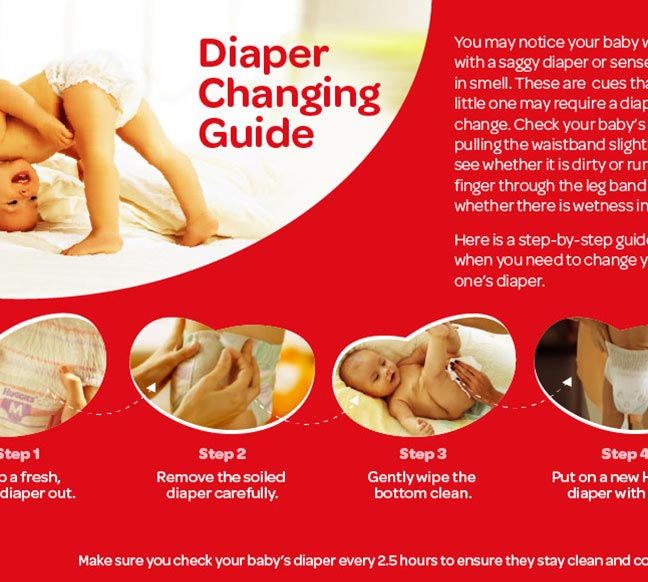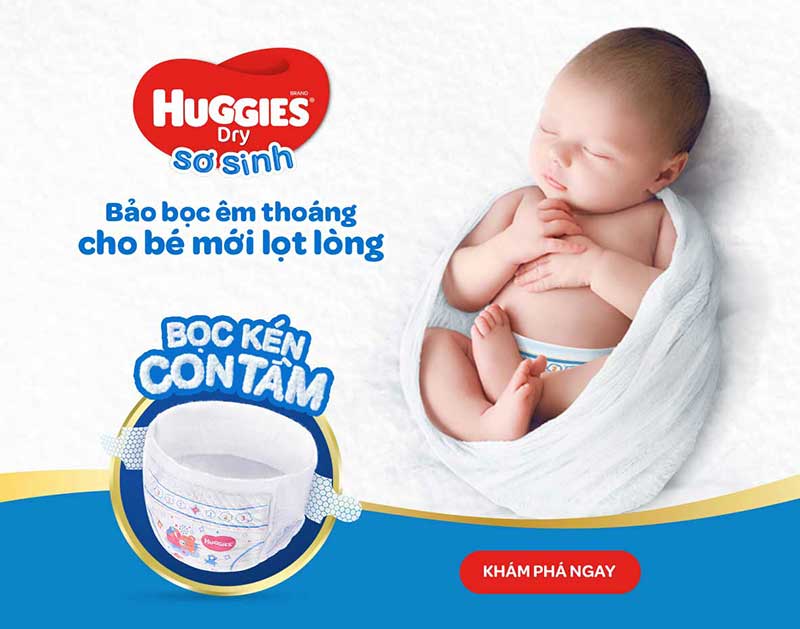It's important to choose a safe place to change your baby's diaper. Even belted onto the changing table, they can squirm right off, so always keep a hand on your baby. You could put a stim-mobile above the changing table to keep the little one occupied during changing time.
Have a changing pad and everything else that you need in an area on the carpet. That way, you don't have to worry about your baby’s acrobatics landing her on the ground. Before you change (or put on) the diaper, it's wise to have everything that you'll need handy and in a safe place (out of baby's reach).
Here’s a workable checklist:
- Clean diapers (a few, just in case a tab rips off or it gets dirty immediately)
- Diaper wipes
- Diaper disposal unit (diaper pail, diaper genie, trash can or bag)
- Diaper cream (optional)
We do not advise powdering since most baby powders seem to get powder everywhere (and you don't want baby to breathe that) and have cornstarch in them. The cornstarch can act as food for many types of bacteria (like the ones that cause yeast infections). Powdering is, however, up to you!
Follow this step-by-step guide:
Here are our diapering tips, one step at a time.
- Make sure that your hands are clean.
- If you're changing baby's diaper in a store's changing station or even in the car, have a cloth down under the little one. just in case.
- Undo the pins/diaper cover (if you're using cloth diapers) or unfasten the tapes on the disposable diaper.
- Check and see the contents of the diaper. If it's especially messy, keep a few extra wipes (or a cloth) standing by.
- If there's a bowel movement, use the front of the diaper to pull the mess towards the baby's bottom. Then fold the front part over the back, keeping the bowel movement inside so that the baby's bottom rests on the outside of the front of the diaper.
- Next, cleanse the diaper area, taking care to clean all the folds and moving the mess towards the baby's bottom. (Always wipe girls front to back only to avoid UTIs and other infections.) If you're changing a baby boy, you'll want to protect yourself, and other onlookers, by keeping a diaper (or cloth) over the baby's penis. You never know when nature will call, and sometimes cooler outside air will trigger the need!
- With one hand, hold your baby gently near the ankles, and lift the baby's legs to clean the baby's bottom. Again, making sure to keep a diaper covering the baby boy's penis.
- Apply ointment if necessary and check for redness (or chafing of the area where one of the diaper tabs may have rubbed and reddened the baby's skin).
- To put on a new diaper, lift the baby up so that you can slip that new diaper right under the baby's behind. This is easily accomplished by gently holding the baby by the ankles with one hand, and sliding the back of the diaper (for those of you using disposable diapers, the back of the diaper is the side with the tabs and no decoration).
- Next, fasten the tabs to the decorated strip on the front of the disposable diaper. Remember not to make it too tight, and make sure that you position the tapes so that they don't contact the baby's skin. If you're using cloth diapers, pin the corners together by using safety pins and placing your fingers between the diaper and the baby to keep baby from getting poked.
- Check and make sure that the diaper covers the baby's behind fully and isn't too tight on the legs or stomach area. Make sure the edges of the diaper haven’t been tucked under.
-
Dispose the diaper and wash your hands.

Now, you're ready to get your little one dressed!









